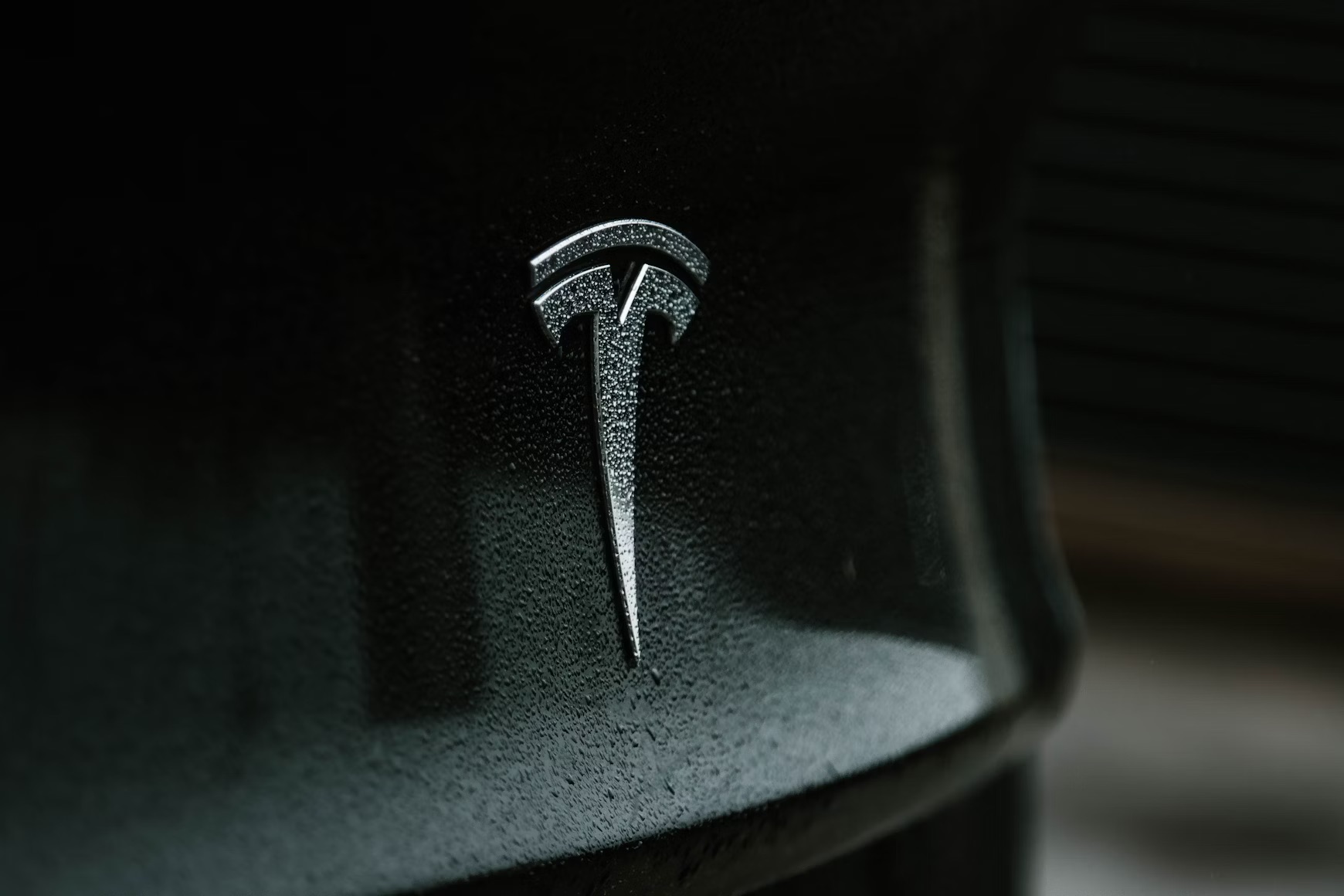
Tesla delivered 497,099 vehicles over the last three months, a figure announced on Thursday that marks the company’s best quarter of deliveries ever. This represents a massive 29% jump from the previous quarter and about a 7% increase over the same period last year. This surge in sales came at a critical time for Tesla, which was previously on track to see its global deliveries fall for the second straight year.
The record quarter was largely driven by a last-minute rush from buyers eager to take advantage of the $7,500 federal EV tax credit before it expired at the end of September. Other automakers in the U.S. have seen similar sales jumps ahead of the credit expiring. The boost was so significant that Cox Automotive has forecasted that EVs will represent 10% of all vehicle sales in the U.S. for the quarter, which would be a record high for the market.
Challenges and the Road Ahead
The boost in sales provided a temporary lift to Tesla’s industry-leading profit margin, which had been suffering. This decline has been attributed to a combination of factors, including the fact that the company has not released a truly new volume model in years. For example, the Cybertruck has been outsold by the GMC Hummer EV. Furthermore, Tesla CEO Elon Musk has faced scrutiny for his political activism, including spending hundreds of millions of dollars to help elect Donald Trump and then leading cost-cutting efforts in federal agencies.
While it is still possible for Tesla to deliver more cars this year than last, it will require a historically large fourth quarter. Even if that happens, it would be far short of the 50% annual growth figure that the company once promoted. The expiration of the tax credit, combined with the Trump administration’s vocal opposition to clean energy, has dimmed the near-term prospects for EVs in the U.S. This has already contributed to many major legacy automakers delaying or canceling plans for new electric vehicles.
The Future of the EV Market
What happens to Tesla’s sales moving forward is a mystery, as the company is trying to focus the public’s attention on technologies like autonomy and humanoid robotics. The company has proposed a $1 trillion pay package for Musk, largely tied to the success of those programs. In the wider market, other major automakers saw EV sales double in the face of the expiring tax credit. Some, like Ford and General Motors, have said they will make up for the $7,500 incentive on certain leases going forward, a strategic move to keep their electric vehicles competitive in a market without federal subsidies. Tesla is also developing a lower-cost version of its Model Y SUV, expected to cost in the low-$30,000 range, which is likely to be unveiled by the end of the year.
What The Author Thinks
The success of this quarter, driven by the expiring tax credit, is a major win for Tesla, but it is a temporary one. The rush of sales obscures the fact that the company’s sales growth had stalled for the past 18 months, forcing the company to rely on a government subsidy to set a record. The silver lining in the expiration of the credit is that it forces Tesla and other automakers to innovate on price, which is the only sustainable path to long-term EV adoption. The planned release of a lower-cost Model Y suggests Tesla understands this reality, and the market will now test whether the brand and its technology alone are enough to justify their high prices without government support.
Featured image credit: Austin Ramsey via Unsplash
For more stories like it, click the +Follow button at the top of this page to follow us.
